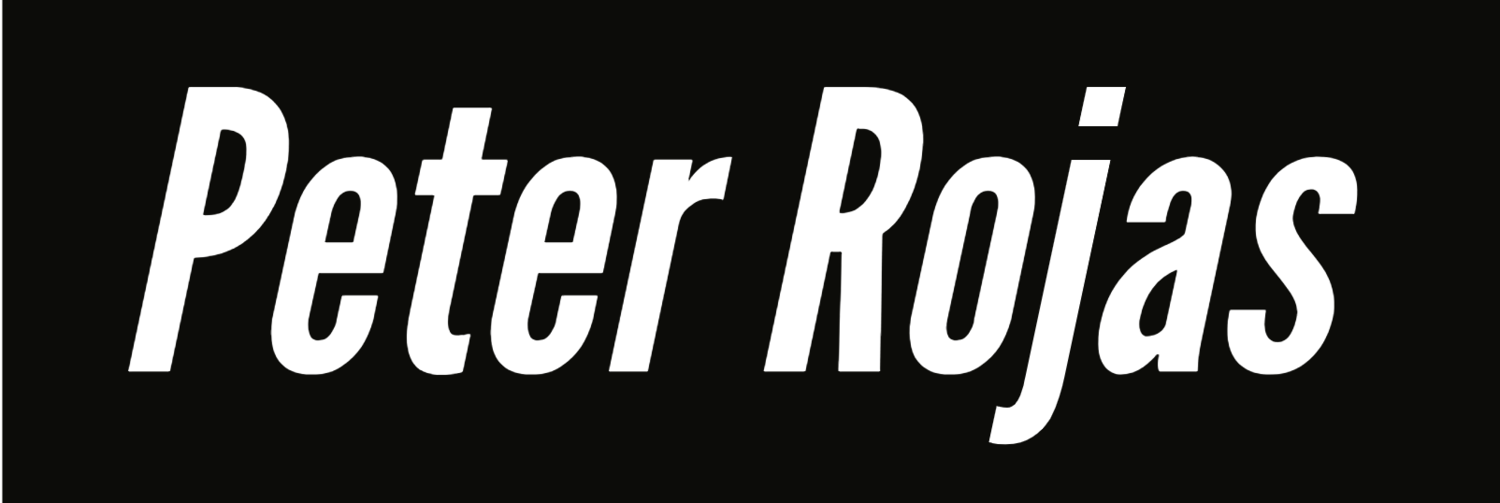A lot was written in the wake of Facebook’s purchase of Oculus Rift last month, but Fred Wilson’s analysis was the one that stayed with me, especially this part here:
The next thing was mobile. Mobile is now the last thing. And all of these big tech companies are looking for the next thing to make sure they don’t miss it. And they will pay real money (to you and me) for a call option on the next thing. It isn’t clear if the next thing is virtual reality, the internet of things, drones, machine learning, or something else. Larry doesn’t know. Zuck doesn’t know. I don’t know. But the race is on to figure it out.
I actually hadn’t intended to write anything myself about the deal, but I’ve been thinking a lot about why exactly virtual reality could be the big thing and what the implications of that might be. Fred didn’t really go into the reasons why there’s going to be a race, apart from the usual one that there will potentially be lots of money to be made. But I think it’s something worth exploring, because it’s not just that virtual reality could go beyond games and entertainment and become the next big wave of computing. It’s that if VR takes off — and I agree with Fred that we still don’t know how this will all play out — it will also mean a substantial transformation in how we interact with computers. It’s precisely this shift to a new mode of interacting that is going to be a big part of what makes VR so interesting from a business standpoint, because changes like these always create massive opportunities for new players to disrupt and destroy incumbents. And you can bet that Facebook bought Oculus Rift because they would very much like to not be one of those incumbents that gets disrupted and destroyed.
One challenge when thinking about how this new form of computing might be employed is that the name “virtual reality” implies that it’s exclusively about experiences that involve simulated environments, like you’d find in video games or virtual worlds like Second Life. My preference is to use the term “immersive computing”, since immersiveness doesn’t always equal verisimilitude, and we’ll surely see plenty of distinctive new applications that employ immersiveness to create different kinds of experiences that aren’t at all like being inside a video game. It’s not hard to conceive of ways in which you could use an Oculus Rift for visualizing data and information in new and more efficient ways than we can do currently on a computer screen.
You don’t have to look very far back in time to see an example of this. All the craziness that’s come with the explosive growth of mobile is because computing’s center of gravity has been moving away from PCs and towards smartphones and tablets. That shift from desktop computing to mobile computing didn’t simply mean we started doing things the same way, only on a smaller screen. It led to the emergence of a new type of user interaction paradigm, one not just shrunk down for smaller screens, but one that also replaced desktop computing’s windowed, point-and-click, mouse-and-keyboard user interaction paradigm with a touchscreen-oriented, full-screen, gesture-and-tap based interface. It was like hitting a giant reset button in the computing world, one that created an opening for all sorts of new players to come in and build new operating systems, devices, apps, games, and services that were native to mobile and its new and different interaction mode, all while the old guard were stuck in desktop mode and had yet to wake up to the new reality.
What is so exciting is that if VR (or immersiveness) is going to be computing’s next major user interaction paradigm, it means we could see the same pattern play out, with none of the current incumbents in mobile (like Apple, Google, Samsung, etc) necessarily having any more of an advantage in this new field than the desktop incumbents (like Microsoft, Dell, HP, etc) did when mobile emerged. Just as a smartphone isn’t a PC, only smaller, VR isn’t going to be a smartphone, only attached to your face. It’s going to be something new and different, where immersiveness leads to entirely new ways of interacting.
For Facebook — which was a little late in mobile, but has now more than caught up — making an early bet on VR acknowledges that being successful on today’s platforms isn’t necessarily going to give them a leg up in whatever comes next. Facebook could have easily screwed up as they turned their focus to mobile, I’m sure that it was way too close for comfort for Zuckerberg and that he very much wants to lower the risk of them missing out on whatever comes next.
Buying Oculus Rift is a way to try and point themselves in the right direction, but just because they’re trying to catch the next wave early doesn’t mean they’ll be able to ride it. It can be very difficult for the companies that dominated an earlier era to master what comes next, since being entrenched in one mode of computing can make it harder to build for or recognize when a new interaction paradigm is emerging, even if you try. Microsoft was plenty early to mobile — remember the Pocket PC? — but they got too many things wrong and are still trying to catch up with both Apple, which nailed the new interaction paradigm with the iPhone, and Google, which pivoted Android quickly enough to create a competitive platform.
To be clear, I’m not arguing that some day virtual reality helmets are going to replace smartphones or that mobile is in any way going to stop being most people’s primary mode of computing. That’s simply not going to be the case. The portability and ease of use of mobile devices means they are going to be constant present in our lives in a way that a VR headset, which you’re probably only going to want to use while safely ensconced at home or at work, could never be. If VR catches on it’s going to co-exist with mobile, much like desktop and mobile co-exist today. You’ll use each in different, though occasionally overlapping, contexts.
My main point is that whenever a new user interaction mode comes to computing it leads to entirely new kinds of experiences and applications, ones that can be hard to envision until someone invents them — and then after the fact they’ll often seem completely obvious and feel so “native” to the platform that you’ll wonder how we ever did without them. That it’s so hard to predict what those will be at this early stage is part of what makes all of this both exciting and a little scary, but I think it’s safe to say that there will be existing experiences that make a lot of sense for immersive computing because it adds value of some kind (like in terms of visualizing large amounts of data or information) and lots of stuff where it probably won’t make sense (I’m guessing that walking around a virtual mall will probably not be an easier or better buying experience than simply going to Amazon.com). I don’t know what direction immersive computing will go, but if it does go anywhere it’s going to lead to a new language for interaction, and like with any language, it’s going to help to speak it fluently.


